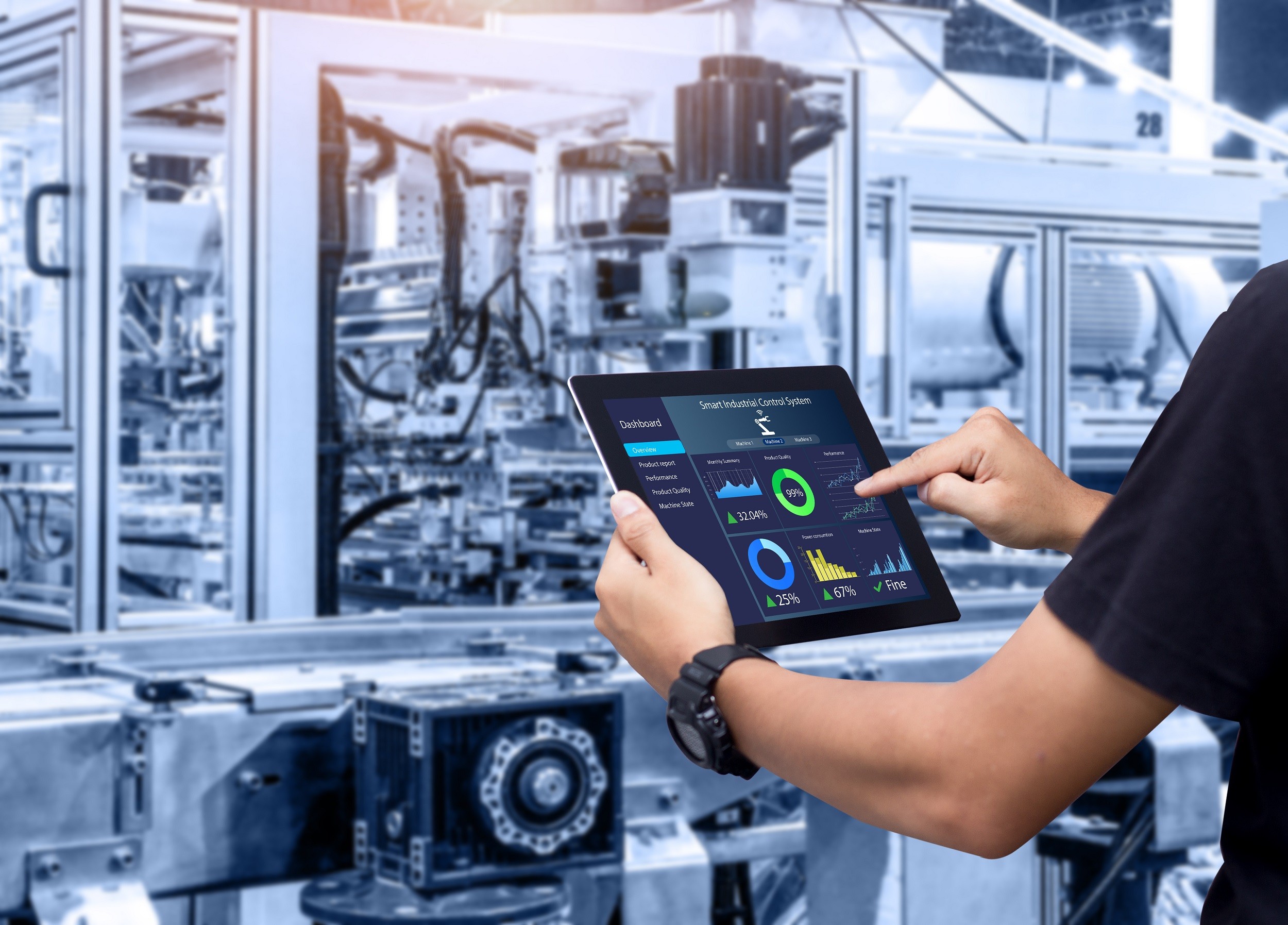Five steps to harness the true power of data
“The term ‘holistic’ refers to my conviction that what we are concerned with here is the fundamental interconnectedness of all things,” is a phrase coined in Douglas Adams’ novel, Dirk Gently’s Holistic Detective Agency. Embracing the intrinsic interdependence of all elements is a perspective that plant managers can adopt, enabling them to transcend the limitations associated with isolated decision-making. Here, Sean Robinson, software solutions manager at Novotek Ireland, explains how and why manufacturers should make their factory smart.
The deep-rooted meaning behind the hero’s quote, is that the universe has a fundamental level of interconnectivity and that it can be used to solve problems. In the novel, Dirk proves this by trusting the universe through its great level of interconnection, using data to solve murders, theft and other types of crime.
Likewise, interconnectivity is also synonymous with the realm of data collection manufacturing. By integrating digitalisation, connectivity is ensured across manufacturing plants to help stakeholders and its different siloes to allocate their costs, time and human resources more effectively.
Once connected, the goal is to create a smart factory — an advanced and highly efficient manufacturing environment that leverages technologies to optimise processes, increase productivity, improve quality and enhance overall operational performance. What are the key steps in this process?
Step one: enhance connectivity
A connected factory enables data collection and provides a common language for different stakeholders by integrating machines, equipment and sensors across the factory floor. This allows a maintenance engineer, for example, to gain data-driven knowledge through machine performance data, allowing them to detect potential issues before they escalate into critical failures.
This can also be applied to production operators, energy managers and c-level executives and their respective datasets. However, data is often complicated, so it is essential that the communication is digestible for everyone. Unlike the business jargon that often riddles cross-department conversations in industry, terms such as Industry 4.0 and cyber-physical systems can be used to prevent misunderstandings.
Step two: digital model
Once the connectivity is in place, design a structured data model that represents the different components, processes and relationships in your factory. This model will serve as a foundation for organising and analysing data generated by various devices and systems.
A good option would be to design a digital twin of your manufacturing processes and assets. In short, a digital twin is a virtual representation of physical assets or systems, which presents a great way for manufacturers to simulate and analyse different scenarios. The creation of an accurate digital twin provides insight into production processes, identifies potential bottlenecks and even optimises workflows before implementing changes in the physical environment.
Step three: data storage
In a smart factory, it is crucial to have a robust infrastructure to store and manage the vast amount of data generated by sensors, machines and other systems. Databases, data lakes or cloud storage can be used to securely store and handle large volumes of real-time data for further analysis and future reference.
An example of this is historical data. Data stored over time builds up a historical record of operations, which is valuable for trend analysis and performance evaluation. By comparing current production metrics with historical benchmarks, manufacturers can identify long-term trends, spot patterns and determine the impact of process changes or optimisations. As result, a historical perspective enables informed decision-making and aids continuous improvement efforts.
Step four: visualisation
Today’s visualisation tools help make data analytics and practices an integral part of business processes, by presenting data in a more accessible way. These tools leverage cloud and databases for sorting, organising and storing data and create graphic representation to display complex data in easy-to-read formats, such as on dashboards and reports.
These visual representations allow you to monitor production metrics, identify trends, detect anomalies and make data-driven decisions, all while making complex data easily understandable for operators, managers and other stakeholders.
Step five: optimisation
The ultimate goal of a smart factory is to optimise production processes and enhance overall efficiency. After collecting data, designing digital models, storing data and using visualisation tools, it is time to identify areas for improvement to help allocate costs, time and human resources more efficiently.
For instance, food manufacturers must maintain high-quality standards to ensure product safety and customer satisfaction. By incorporating real-time monitoring, data analytics and AI-based quality control systems, the quality control process can automatically identify and rectify quality issues promptly, leading to improved product quality, reduced defects and enhanced customer trust.
These efforts are essential for plant managers wanting to transcend the limitations associated with isolated decision-making. At Novotek, we understand that the journey to making your factory smart is not simple, and that a helping hand is needed.
Whether you’re looking to enhance, upgrade or transform your existing systems, we work in collaboration to help you realise the fundamental interconnectedness of your operations, and unlock their true potential.
Novotek helps industrial firms adopting advanced automation, IoT technologies and smart factory solutions. To find out more, Irish and UK customers can visit novotek.ie.



